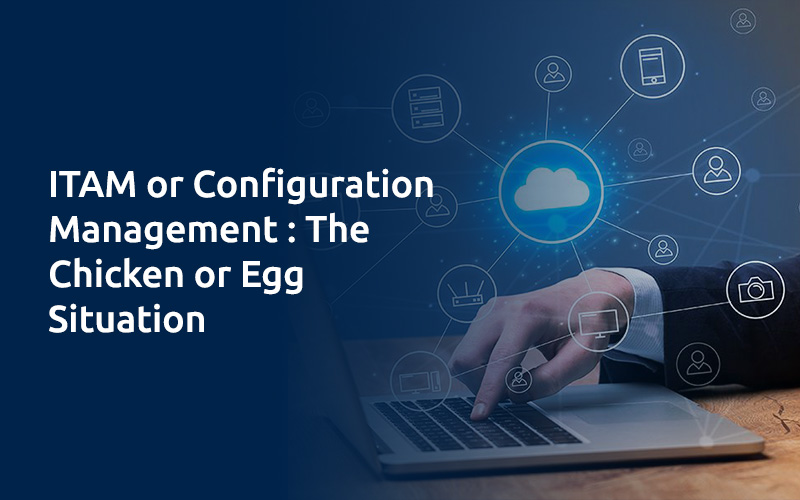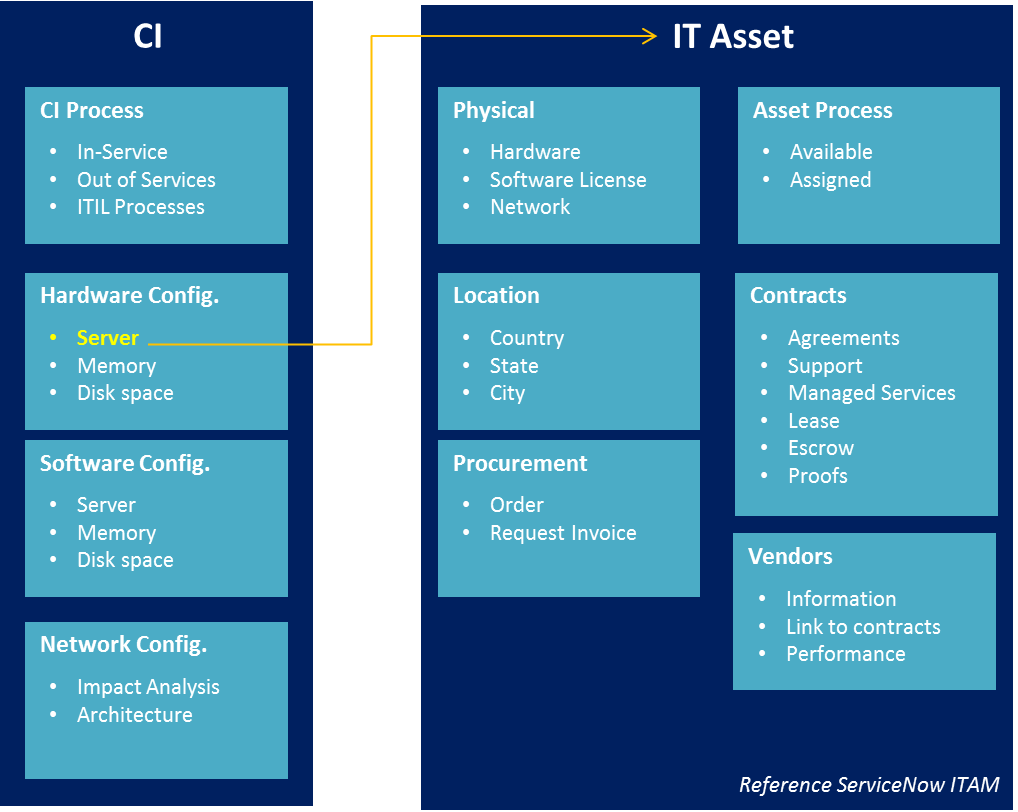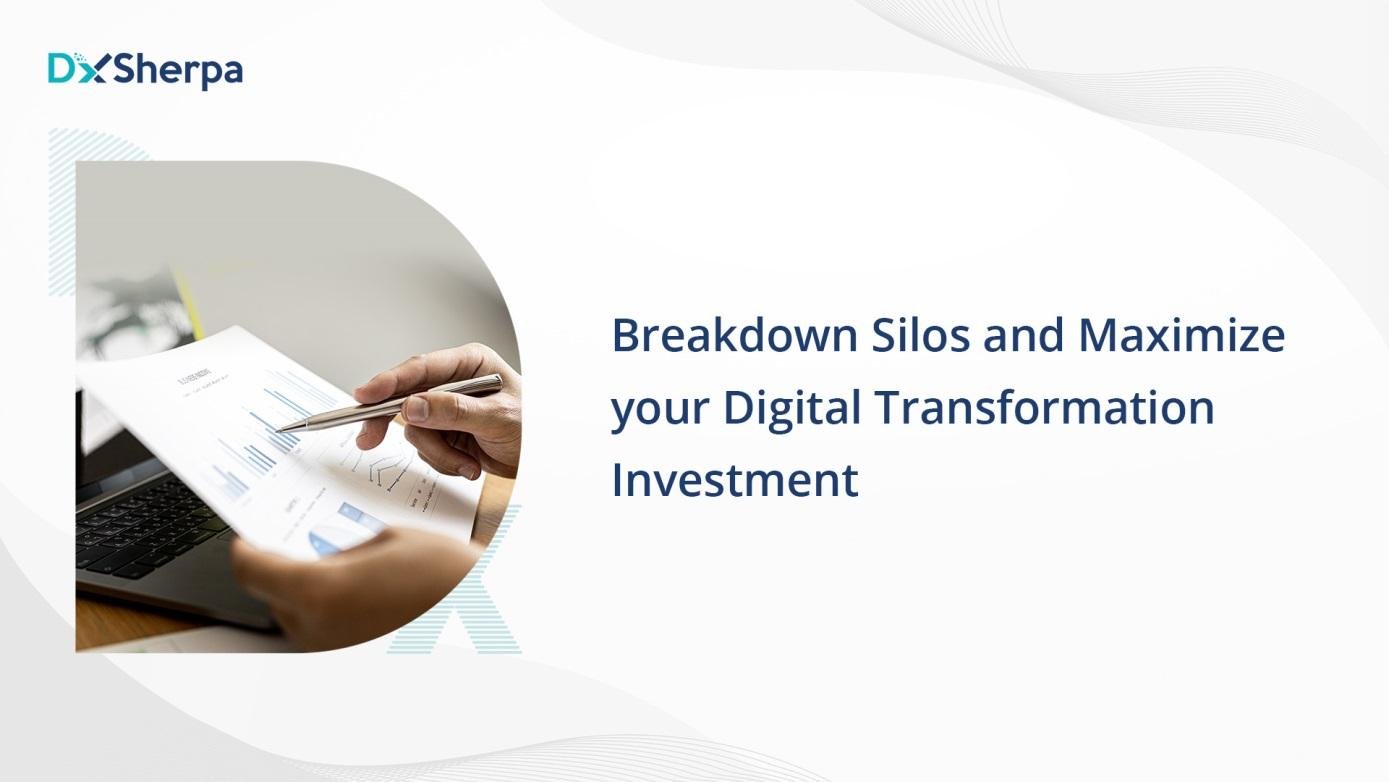
ITAM or Configuration Management: The Chicken or Egg Situation
IT asset management (ITAM) and configuration management are key components of IT transformation efforts. Both strategies provide direction for tracking IT investments, but their goals are significantly different.
‘ITAM is concerned with the management of IT assets in terms of cost, risk, and value while Configuration management keeps track of IT assets from an operational and support standpoint’
As organizations’ service management services grow, one question must be addressed: Should ITAM be introduced first, or should configuration management come first? Before addressing this question, it’s critical to understand each discipline’s role and how they collaborate to support service management operations.
The Operational View of IT Asset Management
Let’s consider a Railway operation. A Train number is assigned when you book a ticket from Mumbai to Pune. That number denotes a service, and it is recorded in the Railway’s database, which includes all Routes and Trains available.
Train numbers correspond to pertinent information about each train, such as starting location, destination, allocated crew members, platform numbers, gate agents, and the train itself. Any train-related information, such as maintenance records and train configuration, are linked to the train directly, rather than to the train number indicating the service.
A configuration management solution stores configuration elements in at least one configuration management database (CMDB) (CIs). A CI is a physical or logical IT component. This means that, in the same way that a train number represents the railway service, a CI representing a logical element can be used to represent an IT service or a business service.
A CI that represents a physical item is linked to IT assets and contains attributes related to configuration and status. A CI representing a service is often linked to the CI(s) representing the physical or virtual IT assets that perform the service.
Configuration management, from a mission or business standpoint, provides stakeholders with a comprehensive perspective of the organization’s service offerings and the technology assets that enable those services. Stakeholders are conducted with a broad perspective of the IT infrastructure that supports service offerings, comprising representations that indicate how IT assets and IT services are matched with business or mission objectives.
ITSM problems and change management routines are in sync with configuration management. It contributes significantly to root cause analysis and reduces downtime of an organization’s services.
If an IT asset supporting an IT service needs to be replaced, the CI representing that asset, not the CI representing the service, is replaced, similar to an airline’s equipment change. When a problem with a Train is detected, the Train can be replaced without affecting the actual Train number reflecting the Railway service.
Cost, Risk and Value view on IT Asset Management
If the railway intends to expand its services by adding trains to more locations, decision-makers must assess asset inventory to determine how many trains must be purchased to satisfy the increased operational requirements.
Although a train has an initial cost, it incurs additional costs while in service. An inventory asset management database informs stakeholders about the overall cost and risk associated with each train in service, offering decision-makers information to help them make future asset acquisitions.
Similarly, ITAM manages IT assets from order to disposal (also known as Asset lifecycle management). ITAM methods create an accurate account of an organization’s IT assets, including the costs incurred throughout the lifecycle of an IT asset.
ITAM documents physical assets using an IT asset management database, which is subsequently linked to corresponding contractual and financial information. ITAM is more than simply a software solution; it is a strategy that necessitates a clear definition, enforcement, and automation of an organization’s internal acquisition and procurement procedures.
ITAM processes can minimize risk and cost by utilizing workflows that strengthen control and enforce compliance with an organization’s acquisition policy. These workflows are often associated with ITSM activities, such as requests for IT assets, approvals, purchase, disposals, deployments, and re-deployments. Workflows guarantee that IT assets are correctly documented when purchased and tracked when deployed.
ITAM delivers asset intelligence to stakeholders by demonstrating how IT assets are related to contracts, departments, cost centers, vendors, warranties, usage, security posture, compliance, availability, and location.
A company’s reputation can suffer as a result of lost or stolen IT assets containing sensitive data. ITAM solutions, when combined with network discovery technologies, can reduce an organization’s security risk by alerting security administrators to un-authorized or unknown IT assets that join the network. Alerts can also be produced if an IT asset fails to communicate with the network for an extended length of time.
Conclusion of the Chicken or Egg Situation within ITAM and CMDB
By providing decision-makers with an accurate view of all the technology in their control, rolling out ITAM before deploying configuration management could expedite configuration management deployment. However, without configuration management, the performance and dependability of a company’s business or mission services are compromised. Changes made to the system will almost certainly result in extra downtime.
As a result, the answer to the chicken or egg for ITAM and CMDB is that both configuration management and ITAM should be implemented concurrently. Aside from having an accurate inventory of technology and costs while analyzing IT demands and prioritizing projects, IT administrators will have data to inform technology acquisition decisions. Configuration and change management workflows that employ a CMDB can help to keep the production system running smoothly. Both ITAM and configuration management are critical to modernization programs and should be used in tandem.
Find out how ServiceNow CMDB and ITAM work together to provide a common place to store and manage data associated with IT assets and CIs at https://www.dxsherpa.com/blogs/learning-about-it-asset-management/


